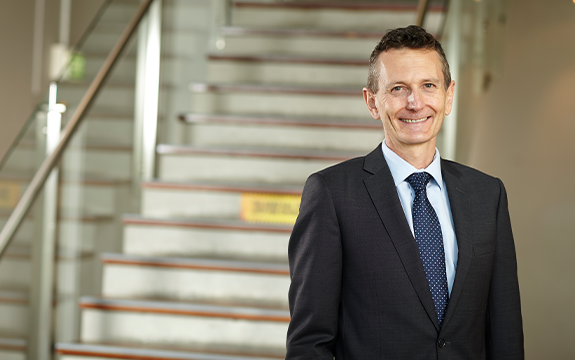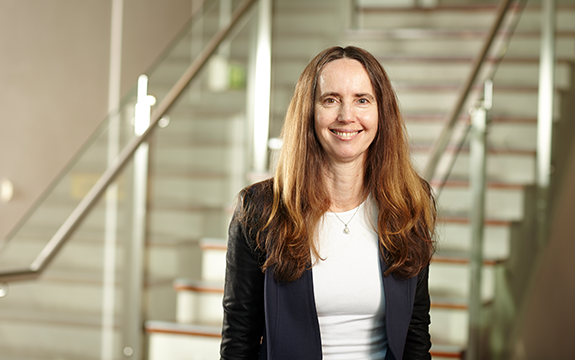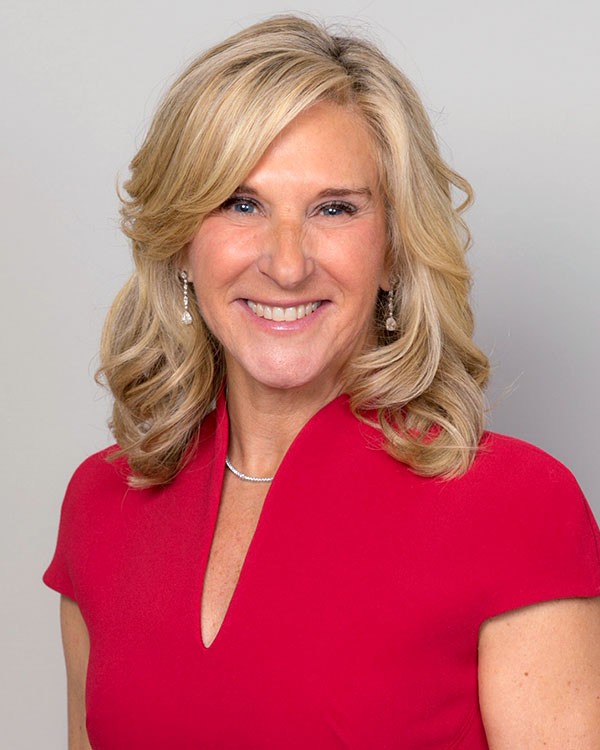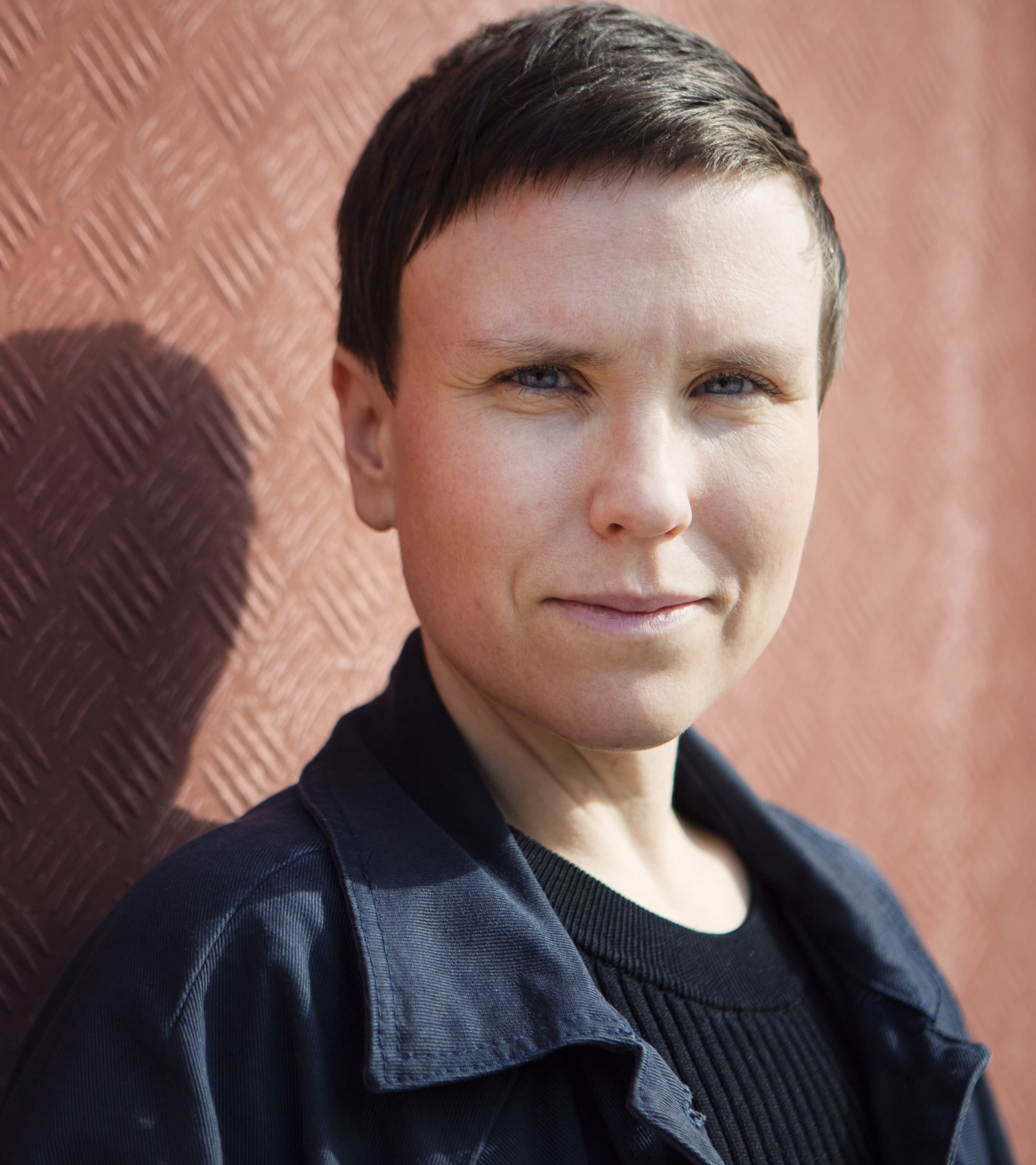
Sustainable funding models, greater equity in access and the implications of internationalisation have been identified as the most pressing issues in the higher education sector by key leaders.
Senior higher education leaders have joined together to address pressing issues in post-secondary education and offer practical steps the government could take to form a long term vision for the sector.
Swinburne’s Deputy Vice-Chancellor (Academic) Professor Duncan Bentley and Pro Vice-Chancellor (Research, Policy and Impact) Professor Beth Webster contributed to the collection of ideas that have been collated in the policy document, Developing a New Vision for Post-Secondary Education: Ideas for Government.
Based on three policy seminar discussions held in 2019, the publication is a collection of contributions from panellists that aims to generate ideas and challenge conventional thinking about post-secondary education.
It addresses three distinct, yet interrelated topics that represent some of the most pressing issues in Australian higher education:
- Its purpose and how its funding can be sustainable
- How to achieve greater equity in access, student success and graduate outcomes, and;
- The implications of internationalisation
Regulation, funding and online solutions for lifelong learning

A cultural change in the Australian tertiary sector to include, not exclude, is needed, says Professor Bentley.
Professor Bentley says regulation and funding of the Australian post-secondary education is linear and dated, resulting in access barriers and a system that doesn’t allow for easy transition to higher education and between qualifications.
To deliver the workforce we need, funding and regulations must support micro-qualifications and short courses, and make it easier to move between TAFE and higher education, which will be essential in delivering future skills and employment.
Online solutions will also play a key role in providing equity and access within the higher education sector, says Professor Bentley. He says online learning frequently allows students to connect with rich and diverse communities and to join networks that are supportive and personal.
For some students the intensive online personalised support, tailored to each individual’s needs, enables them to succeed in a way that would not have been possible if they had to leave their home.
Cultural change in Australian tertiary education to include, not exclude, is needed, which should shape funding, regulation and qualifications frameworks to promote access and equity, says Professor Bentley.
An economist’s perspective on the future of higher education

Professor Beth Webster, says significant opportunities will come from the higher education sector improving research translation.
Delivering a funding model for education that includes public and private funding will be important as we experience significant growth in health and education industries, says Professor Webster.
This growth will be a result of the impact of Industry 4.0 and the digital revolution on the workforce, with workers moving into upstream and downstream industries, including business services and cultural sectors.
According to Professor Webster, studies generally show research and development is associated with better organisational profits, industry productivity and better output per capita in the national economy.
More work is needed by the research and development sector on translating research into commercial use and community use and ensuring translated research is applied widely.
There are significant opportunities if Australia’s higher education sector can improve research translation and diffusion, and a role for government and institutions in supporting this through changes to incentives and reporting.
Developing a New Vision for Post-Secondary Education: Ideas for Government was published by The University of Melbourne’s Melbourne Centre for the Study of Higher Education in February 2020 and can be read online.







